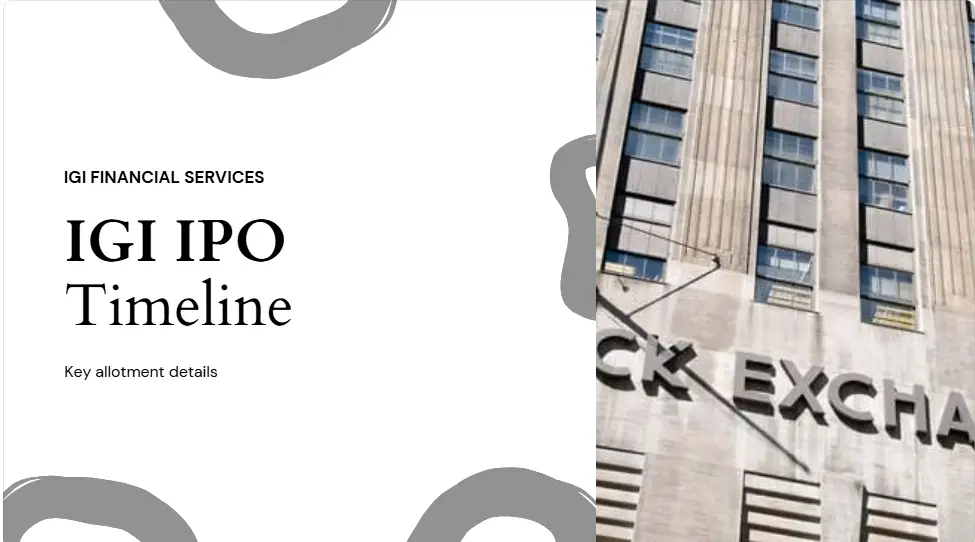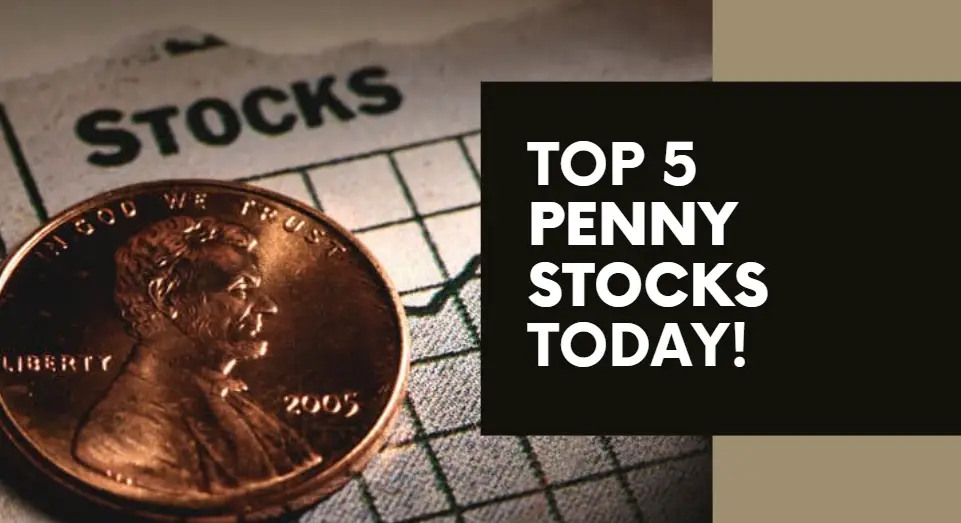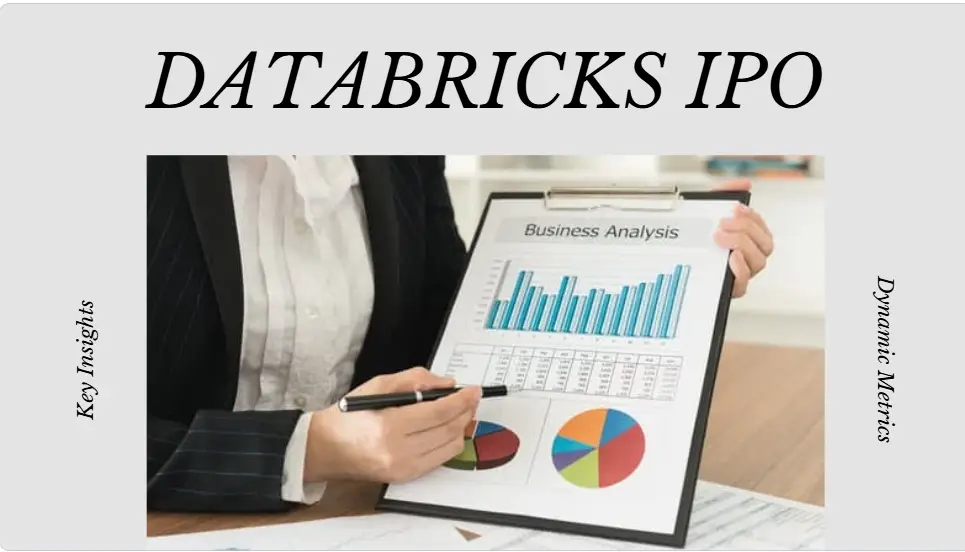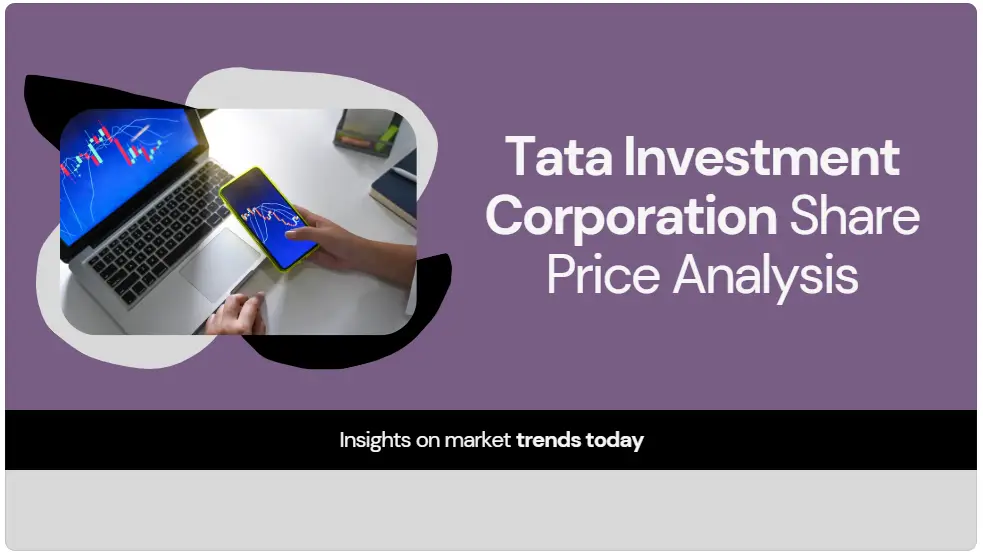Table of Contents
Introduction
Bank Nifty moves quickly, and traders need all the help they can get. Could the Bank Nifty PE Ratio be your ace in the hole? This article looks at how this useful number helps traders make the right choices. We will cover what Bank Nifty and the PE ratio are, why they are important, and offer useful advice on how to use them to your advantage.
What is Bank Nifty PE Ratio?
The Price-to-Earnings (PE) ratio is the price investors are willing to pay for per rupee of earnings. It is calculated as:
- PE Ratio = Bank Nifty Price / Earnings per Each Share (EPS)
- For example, if Bank Nifty stands at 48,060 and EPS stands at 3,811.3, then:
- PE Ratio = 48,060 / 3,811.3 = 12.6
Significance of Bank Nifty PE Ratio for Traders
- Aids in ascertaining whether the banking industry is overvalued or undervalued.
- An elevated PE ratio might reflect optimism in the market, whereas a low PE ratio may reflect apprehensions or undervaluation.
- Useful in comparing trends across various time spans.
- Helps in assessing risk prior to entering long or short positions.
- Enables comparison of banking sector valuations with overall indexes like Nifty 50
Interpreting the Bank Nifty PE Ratio
PE Ratio Analysis Dashboard
| PE Ratio Level | Interpretation | Trading Strategy | Visual |
|---|---|---|---|
| High (Above 20) | Overvalued or strong growth expectations | Exercise caution before buying |
|
| Moderate (10-20) | Fairly valued, stable sector outlook | Hold or accumulate on dips |
|
| Low (Below 10) | Undervalued, potential growth opportunity | Consider buying selectively |
|
Historical Trends of Bank Nifty PE Ratio
| Year | Lowest PE | Highest PE | Average PE | PE Range Visual |
|---|---|---|---|---|
| 2018 | 10.2 | 28.5 | 18.1 |
|
| 2019 | 9.8 | 27.3 | 17.5 |
|
| 2020 | 7.6 | 34.8 | 15.8 |
|
| 2021 | 12.5 | 29.4 | 19.2 |
|
| 2022 | 11.3 | 31.2 | 20.1 |
|
| 2023 | 10.9 | 28.6 | 18.7 |
|
Limitations of Using PE Ratio Alone
- Does not take debt into account: Banks leverage, and the PE ratio alone does not indicate levels of risk.
- Backward-looking measure: It relies on historical earnings and might not capture future patterns.
- One-time events: Huge gains or losses will move the PE ratio temporarily.
- Does not reflect growth opportunities: A low PE may reflect undervaluation or subpar long-term performance.
Overview of Bank Nifty
Bank Nifty is an index of India’s largest and most liquid bank stocks. It reflects the movement of the banking sector and impacts the mood of people towards the market.
Bank Nifty Constituents Dashboard
| Bank Name | Price (₹) | PE Ratio | Market Cap (Cr) | Dividend Yield (%) |
|---|---|---|---|---|
| HDFC Bank | 1,706.60 |
|
13,05,782 | 1.14 |
| ICICI Bank | 1,250.05 |
|
8,83,060 | 0.80 |
| SBI | 727.85 |
|
6,49,578 | 1.88 |
| Kotak Mahindra Bank | 1,985.10 |
|
3,94,682 | 0.10 |
| Axis Bank | 1,010.20 |
|
3,12,802 | 0.10 |
| Bank of Baroda | 205.52 |
|
1,06,281 | 3.70 |
| Punjab National Bank | 87.20 |
|
1,00,218 | 1.72 |
| Canara Bank | 82.90 |
|
75,195 | 3.88 |
| IndusInd Bank | 672.35 |
|
52,379 | 2.45 |
| Federal Bank | 176.60 |
|
43,367 | 0.68 |
| IDFC First Bank | 53.48 |
|
39,155 | 0.00 |
| AU Small Finance Bank | 502.85 |
|
37,433 | 0.20 |
How to Use Bank Nifty PE Ratio for Trading
Calculating the PE Ratio
Case Studies
Case Study 1: Before the market correction, the PE was high.
- The PE ratio of Bank Nifty surpassed 30 in 2020.
- The COVID-19 crisis caused a significant market correction.
- Lesson: Excessively high PE ratios may indicate risk and overvaluation.
Case Study 2: Low PE in a Downturn in the Economy
- The Bank Nifty PE fell below 10 in 2008.
- As economic confidence returned, the market recovered.
- Lesson: Buying opportunities may arise from low PE.
Professional Opinions "For best results, traders should combine the Bank Nifty PE Ratio with technical and fundamental analysis, even though it is a useful indicator." A market analyst
Tech Venture Spot Team
Factors Affecting Bank Nifty PE Ratio
1. Variations in Interest Rates
As borrowing costs rise and the possibility for overall revenues is diminished, an increase in interest rates usually results in decreased bank profitability. As a result, the PE ratio falls. On the other hand, banks often lend more when interest rates are lowered, which boosts their profitability and raises the PE ratio.
2. Growth of the Economy
Businesses and individuals borrow more during times of robust economic growth, which raises loan disbursements and boosts bank profitability. The PE ratio rises as a result. On the other hand, loan defaults may increase during economic downturns, which would lower earnings and lower the PE ratio.
3. Regulatory Changes
New banking regulations and policies, such as changes in capital requirements or lending norms, can significantly impact bank profitability. Stricter regulations may limit profit growth, leading to a lower PE ratio, while policies that encourage lending and investment can support higher profitability and an increased PE ratio.
PE Ratio Trading Strategy Guide
| PE Range | Suggested Action | Visual Indicator |
|---|---|---|
| High (20+) |
|
|
| Moderate (10-20) |
|
|
| Low (Below 10) |
|
|
Conclusion
- The sector’s valuation and any dangers are assessed with the aid of the Bank Nifty PE Ratio.
- It should be used in conjunction with other indications rather than alone.
- Trading decisions can be improved by having a better understanding of past trends and outside influences.
Practical Takeaways
Utilize the Bank Nifty PE Ratio in conjunction with macroeconomic trends and historical comparisons. Prior to making judgments, take market conditions and interest rate fluctuations into account. For more intelligent trading, always integrate technical and fundamental analysis.
Gaining a competitive edge and making wise trading decisions are possible for traders who understand the Bank Nifty PE Ratio!








Pingback: HDFC Bank PE Ratio 2025: Is It the Right Time to Invest?
Pingback: Nifty Smallcap 250 PE Ratio: Unlock Investment Secrets!